Natural History of Birdwing Butterflies
Author : Mr. Hirotaka Matsuka
Published : 4th, June, 2001
Publisher : Matsuka Printing Co.
Size : 310~235~35mm
Pages : 367 pages, mostly colored
Weight : 2,220g
Our special price : JPY34,000 + postage
Postage : UPS (YAMATO TRANSPORT)
@@@@@@@UK: JPY7,200-, @USA: JPY6,300-,@Singapore: JPY4,650-
Payment : Credit card or Bank remittance see more

@This is just an amazing and fantastic picture book for genus Ornithoptera.
Mr. Matsuka is one of the top photographer in Japan, and his greatest
photos are printed by Japanese advanced printing technology. All text, tytles
and comments are in both Japanese and English. Because of personal
publishment, the number is limited. If you need, now is the time to buy.
The value is more than the price. Expensive or cheap ? You decide...
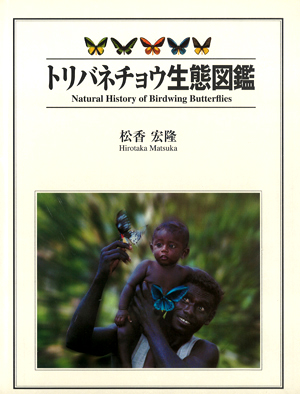 @@
@@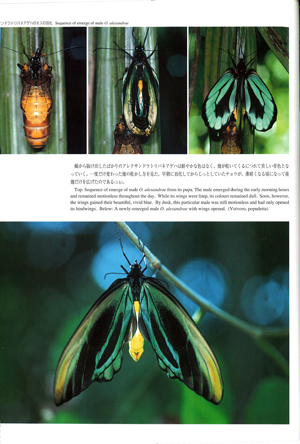
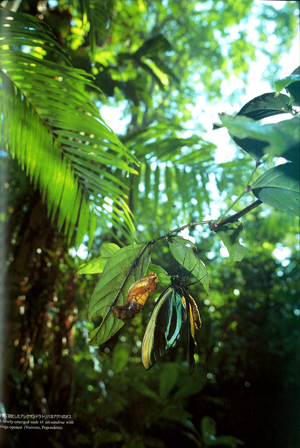
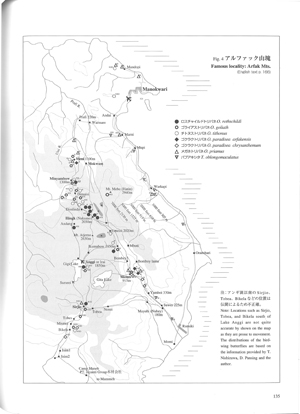
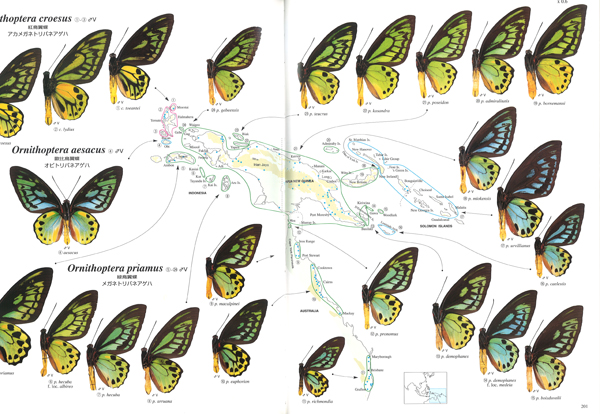
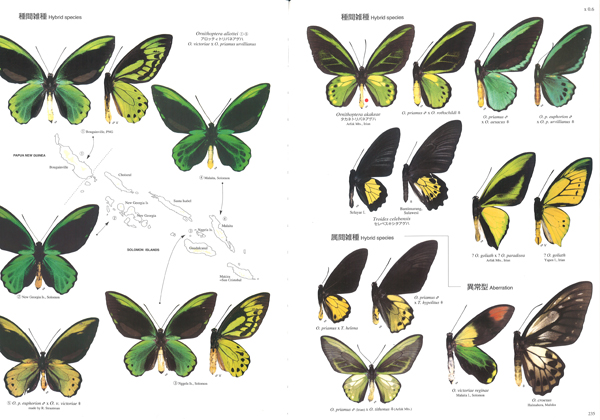
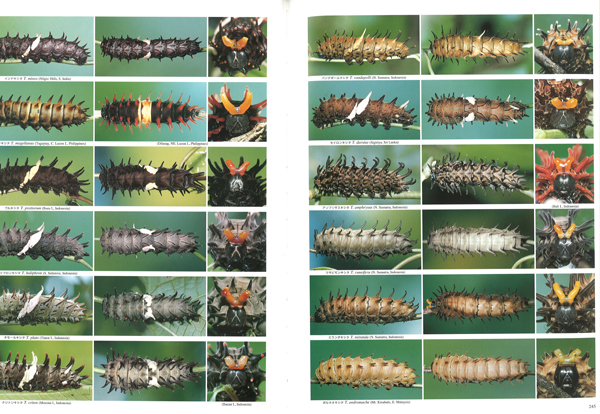
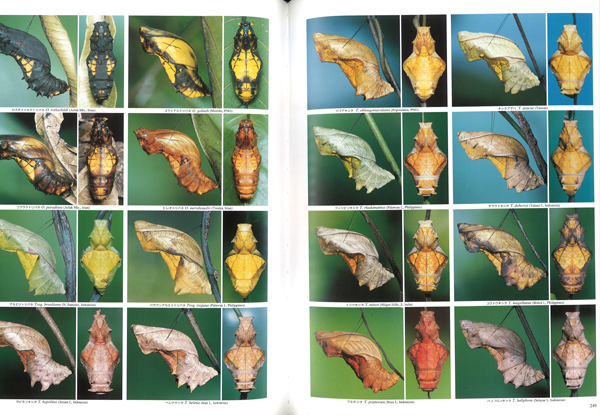
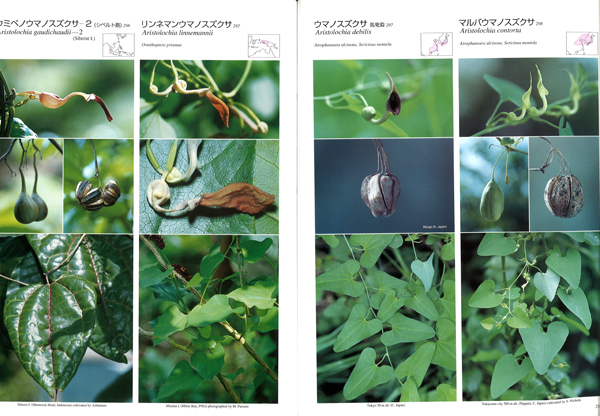
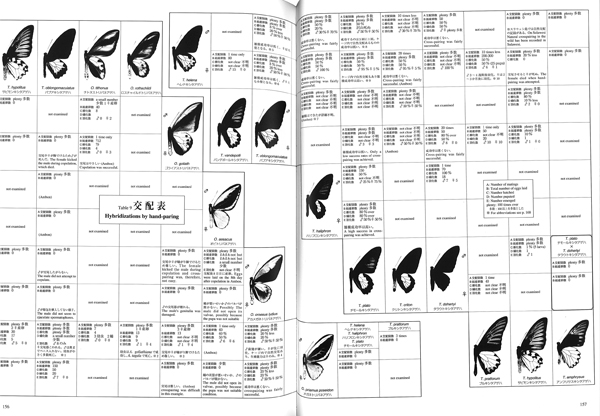
Following explanation is reprinted from the list of Entomological Livestock Group.
Natural History of Birdwing Butterflies. by Hirotaka Matsuka. - The Birdwings,
the largest butterflies in the world (Ornithoptera. Trogonoptera, and Troides). - All photographed
in tropical rainforest!! - Photos in life of all 32 species, photos of adult specimens of all 159 subspecies
photos of early stages of 31 species, and photos of 51 species of foodplants. - 1105 colour photos
in total. - Extra-wide A4 size (302 mm x 227 mm) ~ 368 pages (including 209 pages of colour
plates) - Hardcover ~ Dual full texts in English and Japanese. Field photos. 119 pages of field
photographs - They are achieved by the author's thorough field trips covering all habitats. - All
vividly picture the butterflies in life with the author's outstanding skill as an insect photographer. - The
author's short travelogue attached to each field photo page brings the reader to the remotest on the
earth, even without any prior knowledge of the butterfly or its habitat. Early stages. 14 pages
comprising 195 photos - The closely related species are arranged for easy comparison. - The egg,
larva (dorsal aspect, lateral aspects, and osmeterium), and pupa (dorsal and lateral aspects) are shown
for each species. - The generic differences are given; in particular, the pupal morphology, hitherto
unknown, is described in detail. - All birdwing species are included with the sole exception of Troides
riedeli. Specimen photos. 44 pages, comprising 442 specimens - All 159 subspecies known at present.
both male and female and both upperside and underside, are shown. including Ornithoptera allottei from
all the four islands and some known aberrant forms. - The closely related species and subspecies are
easily checked with the distribution maps and compansons of wing colour and patterns. - The distribution
maps are designed chromatically to show altitudinal contours by 500m. The taxonomic classiflcation follows
Dr. Takashi Ohya's criteria. This book is unique and outstanding. The birdwings butterflies occur from India
to Australia. After 20 years of wandering in the field in search of them, the author, who now identifies himself
as a collector of all tropical dis-eases, has finally achieved in photographing all species in life for the first time
in history. With the marvellous colour plates, this is an "uncomparable book" of the birdwing butterflies, making
any species or subspecies easily distinguished from their allies. Also the text is full of information on this group
of butterflies: e.g. vertically differentiated distribution, size of eggs, length/width ratio of pupae, various ecological
and morphological comparisons, as well as foodplant - butterfly relationships. The new information contained in
this book makes it a unique contribution to science. In particular, the morphologically clear grouping of pupae,
hitherto unachieved. Five or six species of the foodplants collected by the author will be described as new species
by Dr. Michael Parsons, author of The Butterflies of Papua New Guinea, who also greatly contributed to
polishing the English text. As to their foodplants, the aristolochiaceous, this book provides the greatest number
of colour photos, making their identification easy, unrivaled with any book of plants ever published. Foodplant
aristolochiaceous. 34 pages comprising 214 photos - Flowers. fluits. and leaves are shown for 51 species. - It is
fully noted and described that there are thiec basic forms among the Asian aristolochiaceous. - Each of the 51
species depicted with the photos is described in text. - Problems of the taxonomic confusion between some
Japanese, Taiwanese and Philippines species are pointed out. - A list of all known aristolochiaceous (Aristolochia,
Pararistolochia, and Thottea) prepared by Mr. OHNO Yoshiaki is included. - Plant specimens were identifled
by Dr. Michael Parsons at the University of Florida. Geographic maps. 7 pages + indices, 11 pages - They list
1700 localities of the birdwing butterflies and their foodplant aristolochiaceous. - Appended with the indices of
geographic names, this section, handy and comprehensive, provides an indispensable atlas to all the students of
the butterflies occurring in the Asian tropics.